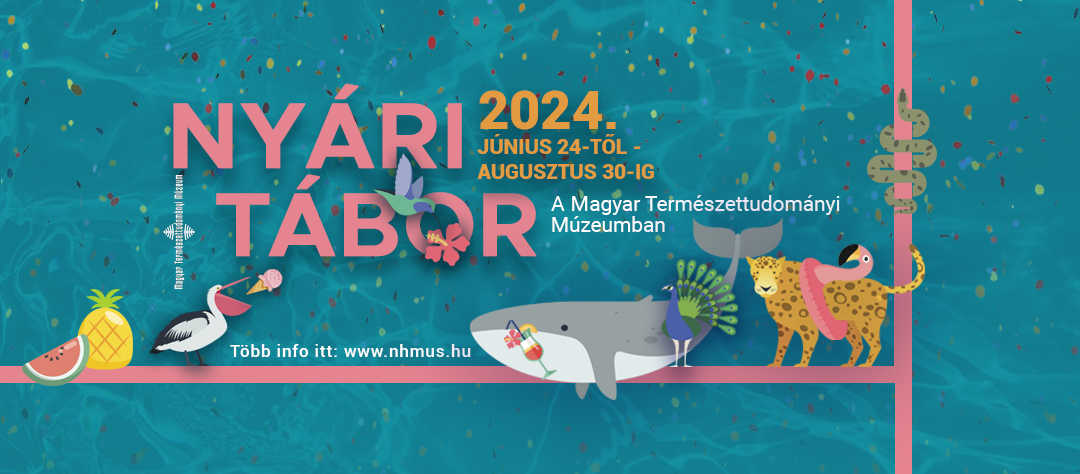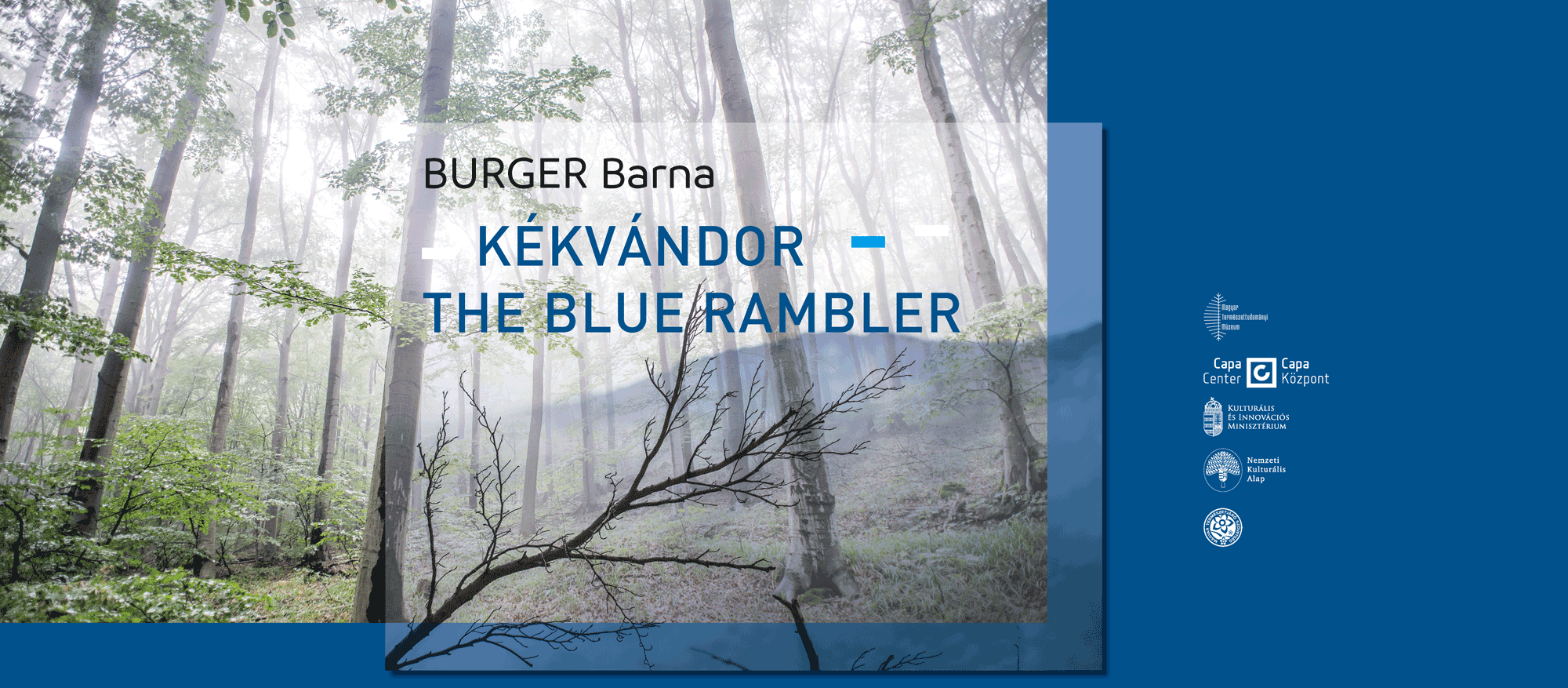Research on the extant plant world
This encompasses both the seed-plants and cryptogams, traditionally including mycological research with a comprehensive background collection of fungi (and microfungi). Collections of all larger units of the plant world are represented in the Botanical Department, each area with one or more staff members and research projects. The following are examples of the various projects our staff members are involved in.
In algology, a comprehensive research project „Siliceous algae-based environmental reconstruction in mountain- and lowland lakes” investigates the hydrological and climatological changes that occurred in the past 15 thousand years in the Carpatho-Pannonian region.
To assist fungal research, a Macrofungi Gene Bank was recently established, containing samples of rare and endangered macrofungi but also preserving species of potential (agricultural) economic importance. With isolates conserved in liquid nitrogen, this is the only gene reserve of Hungarian macrofungi. It also connects to the ongoing research, which aims at documenting the macrofungi range of distribution in the country.
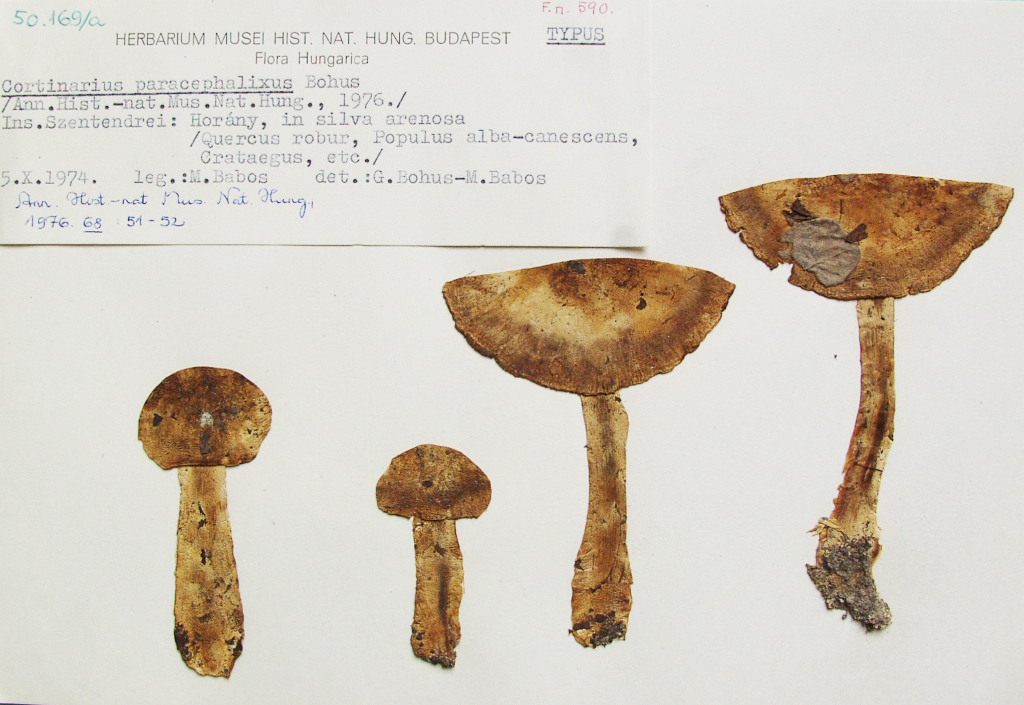
Lichenological research in the Botanical Department involves both taxonomy and floristics within and outside Hungary. We also take part in projects concerning the exploration and conservation of lichen biodiversity of national parks and other protected areas in the country.
Bryology is a strong discipline in our department, with major achievements in taxonomy and conservation. With Hungarian and SE European data, we contributed to the European Red List of Bryophytes. In the framework of international cooperation, the ongoing bryofloristic research encompasses areas in Serbia, Montenegro, Greece, Turkey, and more recently, Albania, Croatia and Macedonia. Bryomonitoring is part of the National Biodiversity Monitoring System, in which we document the population size of species listed in the European Union Habitats and Species Directive. Hungarian populations of moss communities in rupicolous, alcaline and aquatic habitats and forest reserves are also monitored.
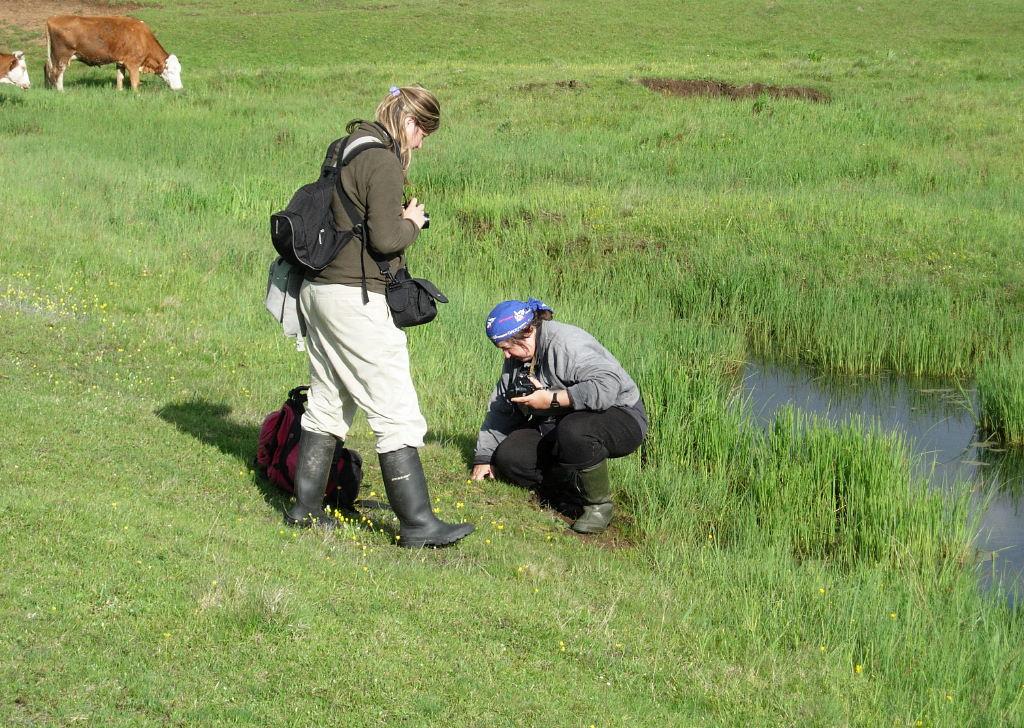
Erzsébet Szurdoki (l) and Beáta Papp (r)
Research of seed plant taxonomy and floristics is continued in several areas.
Chamaecytisus revisional study has been conducted at both national and European level, including typifications, nomenclatural and floristic research and phytogeographical evaluations. Besides the Carpatho-Pannonian regions, data has been gathered from Ukraine, Russia, Slovenia, and various areas of the Balkans.
Cotoneaster and Sorbus taxonomy has been part of an international research effort in the framework of the Flora Europaea project, in which we are contributing Hungarian data sets.
Within Hungary, work in the Bakony Mountains and their environs aims to enhance our knowledge on the flora and vegetation; as the systematic work on the rupicolous and steppe-meadow plant communities goes on, several remarkable floristic data have been revealed from the region.
The beginning of Hungarian floristic research in Albania dates back to the 1950s; after a gap of several decades these have been resumed more than 10 years ago. As a result of intense collecting and revisions, our staff members have gathered a major set of new collections that contain hundreds of important floristic data for that country.
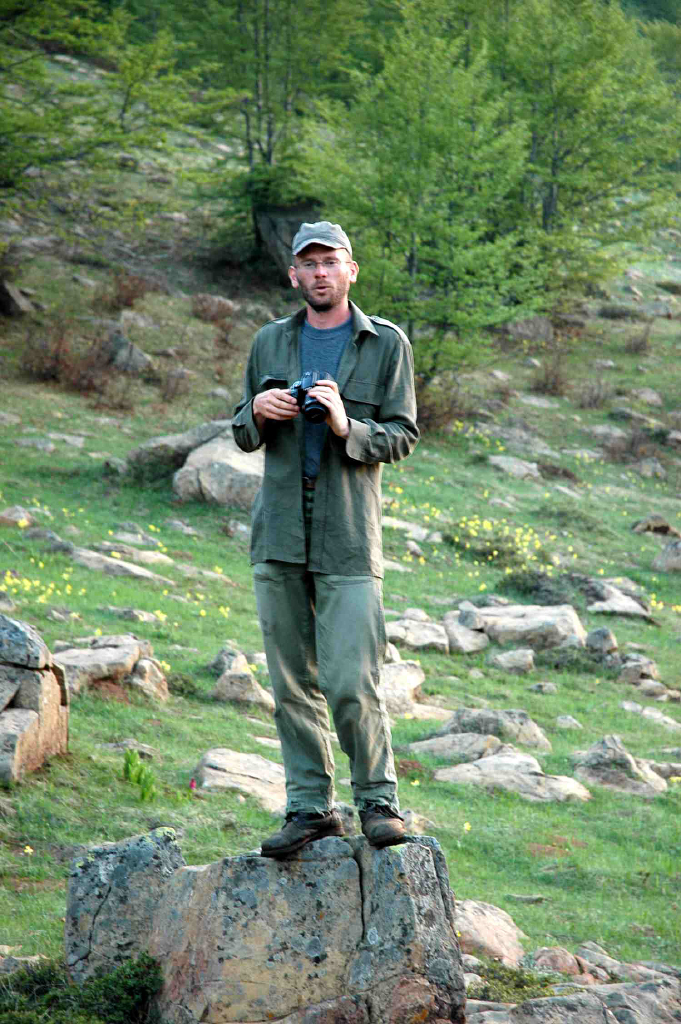
Zoltán Barina
Documenting trees and shrubs of the temperate zones is continued in the frame of the “Dendrological Documentation Project”. In the past 3 decades it mainly focused on a comprehensive documentation of over 500 gymnosperms (and their associated plant species) of the temperate zones. The project resulted in a major development of the dendrological collections of our herbarium.
In the field of ecology, current research investigates the situation in and around Black Pine plantations. The pine stands, introduced into Hungary well over a century ago, superseding many native plants and animals and invasively spreading in many conservationally sensitive areas, thus requiring impact assessments.
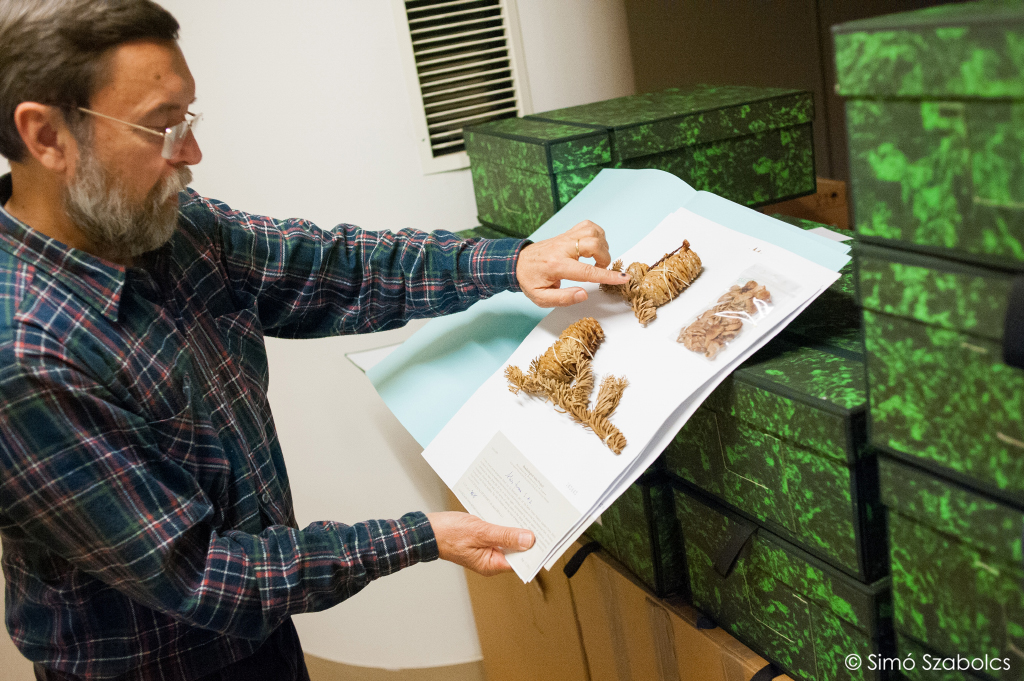
István Rácz
Palaeobotanical research
Although the majority of research is based on Hungarian fossil plant localities and collections, the taxonomical work also requires the study of foreign materials. Data retrieved from the collections not only helps cataloguing elements of the ancient flora but provides information on palaeoclimates and helps flora reconstructions, as well.
The Jurassic flora of the Mecsek Mountains represents one of the oldest palaeobotanical collections of the Botanical Department. The taxonomical research of this flora is mostly based on cuticle examinations, a type of methodology which resulted in a number of new scientific revelations.
The research project entitled „The Late Miocene (Pannonian) Flora of Hungary” investigates all the Pannonian fossil plant assemblages of Hungary and the Carpathian Basin and provides a comprehensive picture of the floristic, palaeoclimatological and environmental circumstances in the greater area of the Basin.
Some of the research themes focus on complex issues of wider range, such as the project entitled „The Evolution of thermophilous elements in the Cenozoic floras of Hungary and the Northern Hemisphere”. This project aims to trace the role of thermophilous elements in the Paleogene and Neogene floras of Hungary, in order to assess their diversity and analyse palaeoclimatic implications.
Some research projects focus on particular plant groups, and trace their role through certain time slices of Earth history, such as the cycad research dealing with the Cenozoic evolution of cycads in the realm of the Northern Hemisphere.
